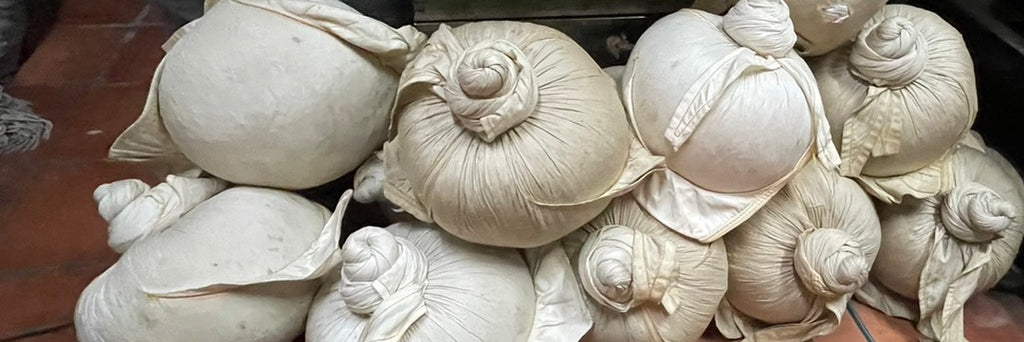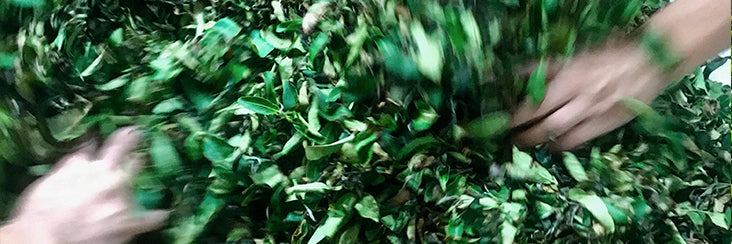News

Muzha Tie Guan Yin Oolong

Taiwan Eco-Farmed High Mountain Oolong Tea Spring 2022 | Eco-Cha Teas

Eco-Farmed High Mountain Oolong | Summer 2021 Harvest
We have become close friends, and this is a unique connection in our 25 years of involvement with tea producers in the local Taiwan tea industry. This farm is a rare resource, given its environment and micro-climate. The owners have faced many challenges and only in the last few years have developed their organic farming to a stable situation. Now, with some support and guidance, we believe they will soon be producing some of the best organic tea in Taiwan!

Singular Batch Traditional Oolong Tea | Labor Of Love Oolong
This very small fall harvest of naturally cultivated Oolong leaves was painstakingly processed by a father and son team who are top representatives of their local tea industry. The most inspiring fact is that the son is wholeheartedly inheriting his family's tradition, and this small batch of tea is testimony to that.
The name "Hong Shui (Red Water) Oolong" has been a buzzword in Oolong circles in recent years. But the tea makers who have inherited their local tradition say that this is simply a new name for tea processed like their grandfathers taught them. It used to just be called "Oolong Tea"!

